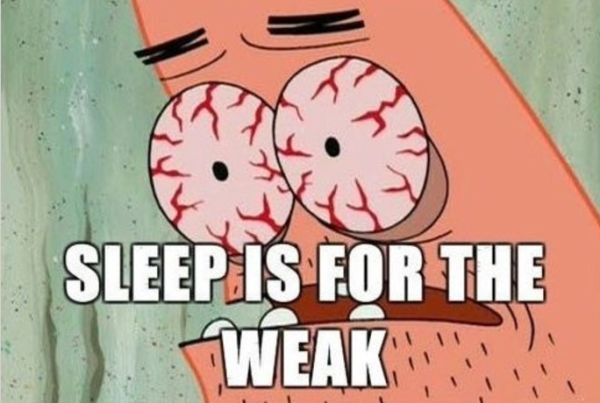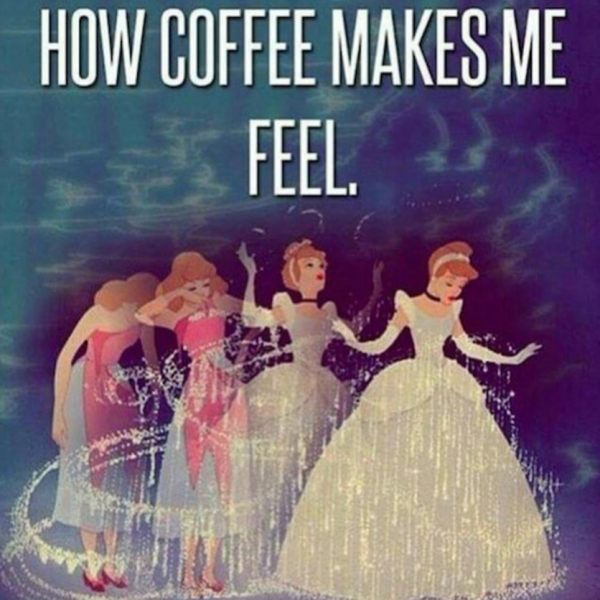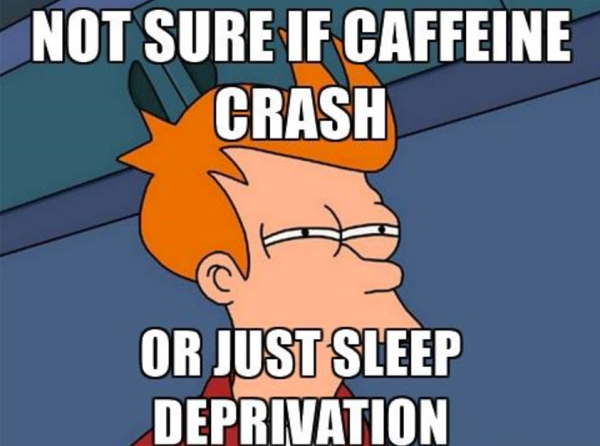Severe sleep deprivation is responsible for both heightened emotions and hallucinations/delirium.
The amygdala, a structure of the brain responsible for generating emotions, shows greater activity levels in sleep deprived individuals. As a result, when reacting to the same emotional experience, a sleep deprived individual is more likely to be emotionally over-reactive compared to a well-rested individual. So, it is possible that this sleep deprived individual might respond more to a joke that actually isn’t all that funny.
The reason for the heightened amygdala reactivity is because, in sleep deprived individuals, the connection between the amygdala and medial frontal cortex, which inhibits the amygdala, is cut off.
As observed with Peter Tripp, former world record holder of the longest period of uninterrupted wakefulness, sleep deprivation can result in hallucinations. When he was seeing things, it was like he was having a dream even though he was awake. During his hallucinations, his brain wave patterns started to resemble that of dream sleep.
Yoo, S., Gujar, N., Hu, P., Jolesz, F. A., & Walker, M. P. (2007). The human emotional brain without sleep — a prefrontal amygdala disconnect. Current Biology, 17(20). doi:10.1016/j.cub.2007.08.007
Gulevich, G. (1966). Psychiatric and EEG Observations on a Case of Prolonged (264 Hours) Wakefulness. Archives of General Psychiatry, 15(1), 29-35. doi:10.1001/archpsyc.1966.01730130031005










